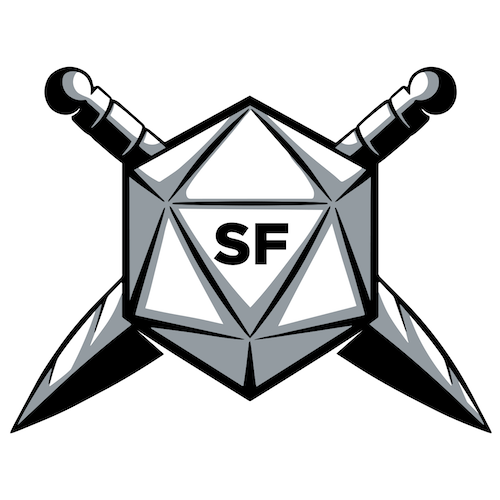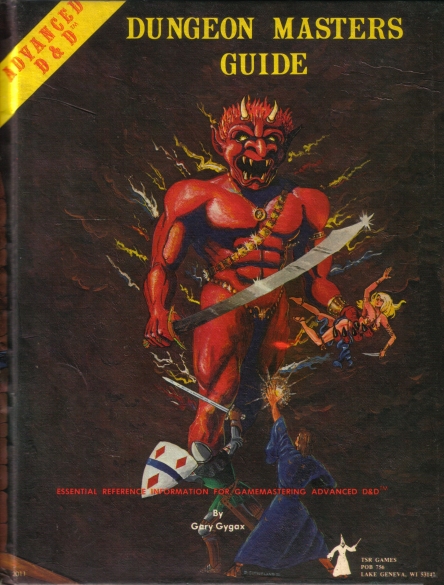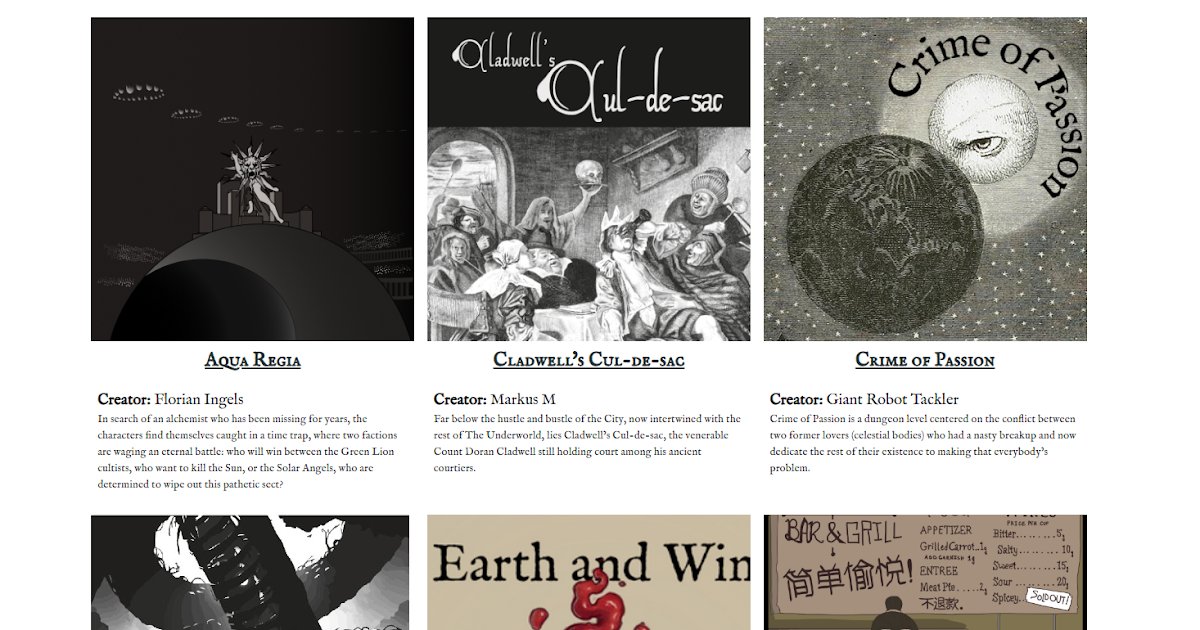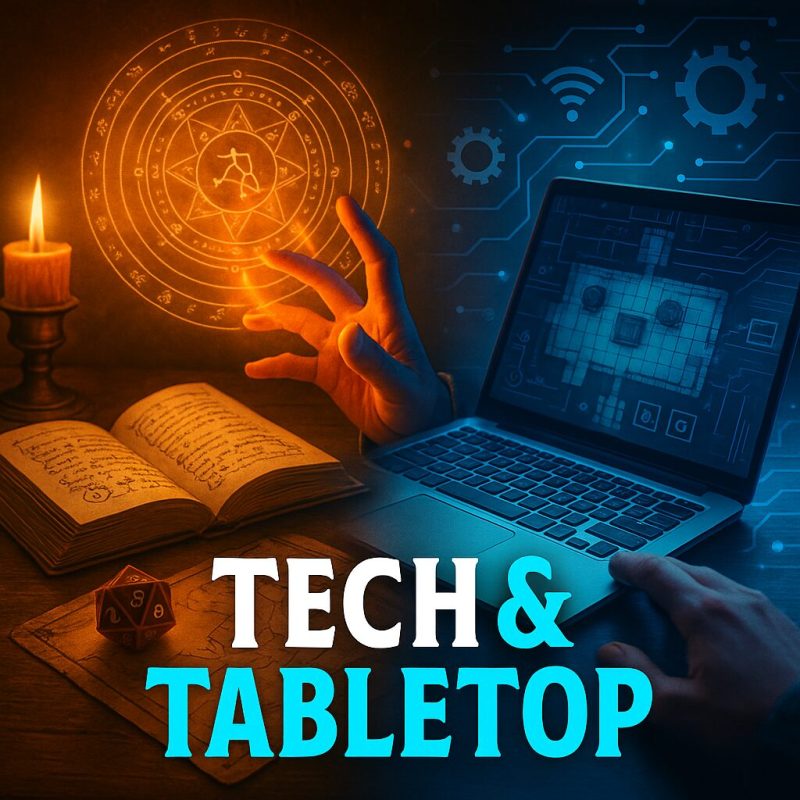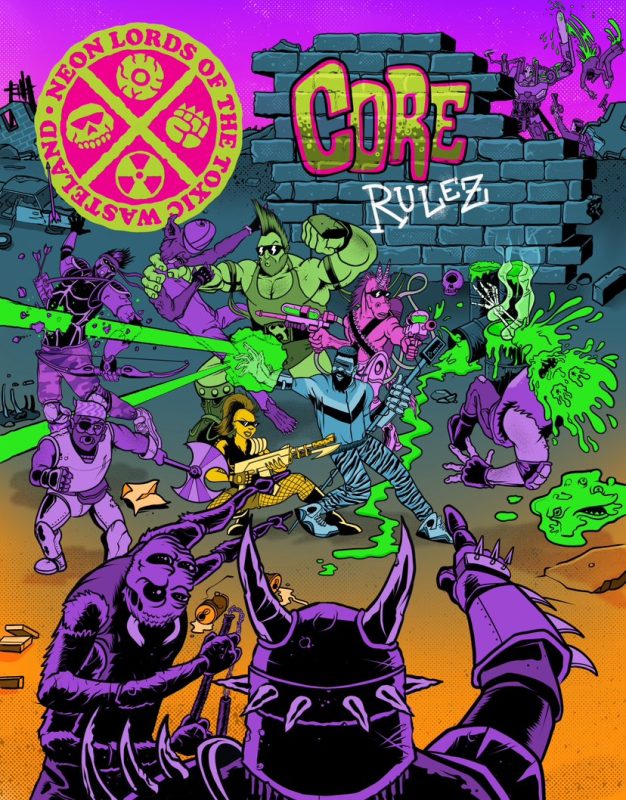SMOOSH JUICE
Mothership is Good Enough

A few weeks ago I ran my first scenario for Mothership, the OSR hit about space horror. Space horror is extremely My Jam. Before I ran it I thought I’d have a lot to say about the experience, but a month later I’m just left with one thought: It was okay!
Okay’s not bad. But it’s not great. It’s okay. Good enough can be good enough!
But Mothership is such a popular game, surely I’m missing some subtlety in its design? I don’t think I am…but also I don’t think it’s popular because of its mechanics. More on that below.

How It Works
Mothership is a very lean OSR style RPG. Characters have four stats and three saving throws, all randomly determined. You pick from one of four classes: marine, android, scientist or teamster. You pick some skills that give you bonuses later, and then you’re off to the races! The character sheet itself walks you through all eight steps and is perfectly self-explanatory.

If Mothership has a thesis, it’s that folks facing scary stuff occasionally lose their shit. Fair enough. There’s only a very lightly implied setting, and it relies on whatever you’ve brought to it via the Alien franchise. There’s a big corporation, there are marines that work for…someone or something that doesn’t really get explained, there are chunky NASAcore industrial-style ships that carry around crews who mostly cryosleep between destinations.
Rolling is very straightforward and very OSR – we’re told up front that players should be rolling as little as possible, and mostly succeed at things their characters would be good at by virtue of their class. You want to roll under your stat and possibly a skill bonus, and if you miss your stress goes up. If you roll doubles and succeed, that’s a critical hit. If you roll doubles and miss, that’s a critical miss and you make a Panic check based on how much stress you’ve accumulated. Each class has its own rule that interacts with the stress/panic/saving throw system. And that’s more or less the entire system.

On a purely mathy level, the stress/panic system just doesn’t work as advertised. On the one hand, we’re told to roll as little as possible. That’s an OSR thing, and I get it because most OSR systems don’t offer much in terms of system feedback. These games want you to talk and talk and convince the GM that you’re making reasonable plays. But the main way stress on your character sheet goes up is when you miss rolls. If you’re admonished to roll as little as possible, well, neither your stress nor opportunities for panic checks come up very often. Or maybe ever in a three or four hour session.
There are a couple very clever system gestures I appreciate in Mothership. The big one, which our table was mixed in embracing, was that players can just choose to roll for panic whenever they want. That’s great, very play-to-lose. If you’re at a table full of hard-charging play-to-win folks, that’s just not going to happen. But it’s great that the option is right there.
Being an OSR jam, there is of course the whole “if you don’t like it, change it” thing throughout. Even the adventure that comes with Mothership, called Another Bug Hunt, comes with stress triggers that aren’t from the formal rules. Stuff like “the first time you see a dead body” or whatever. Which is great! Why not include those triggers in the main rules body? So you can change them if you want.
One blog I read recommended characters get d5 in stress instead of just 1 each time they miss a roll. The odds of succeeding at tests are generally against the characters anyway, and you can always just nudge the rolling frequency higher, so in our own play it was a good solution. That is, if the “problem” you’re trying to solve is seeing more panic checks.

It’s a little like the tension at the core of Call of Cthulhu, in which losing Sanity is both considered a “punishment” and is the funnest thing to happen in the game. It’s why Graham Walmsley’s Cthulhu Dark discards literally everything else about the Lovecraftian cycle and retains only the inevitable march toward losing one’s Sanity.
Sitting on the question of whether stress is a “problem” that needs to be “solved” for Mothership as written got me thinking long and hard about the nature of horror in RPGs.
What Even is RPG Horror?
A confession: horror is my favorite genre that I hardly ever run straight. I mean as the main focus, you know, like a Trail of Cthulhu or Kult game. But so, so much of my gaming is horror-tinged, up to and including the rare X-card intervention. I’m good at injecting horror at the table, is what I’m saying.
My many years of indie-inflected character-driven play make me assume that “a horror RPG” means scaring the players. That’s a fool’s errand; there are too many release valves. Even if you can control the environment – dimming lights, keeping distractions and interruptions out – you can’t really control stress-relieving outbursts from players. Jokes, wry asides, all that. It’s really hard to draw a magic circle that allows for this level of personal vulnerability.
To be sure, invoking scary feelings in players has been done before at the design level in a few ways. Ten Candles is all about controlling your physical environment, for example: the room is lit only by the candles and they’re going out throughout the game. It’s good stuff.

So if it’s not getting the players to feel scared, that leaves us with just a couple other choices. One is simply modeling fiction in which characters sometimes experience loss of agency. You know, creating a horror-shaped object. If it had monsters and characters lost their shit, I guess that’s a horror game.
Another choice is to really push stress as a resource-management game, Blades in the Dark style, to generate tension in the player. I think this is where Mothership as written fails for me, unless the Warden (the GM in this game) fiddles with the rules-as-written to dump more stress faster into the game. Maybe it’s different across a lot of sessions? After three or four sessions and no downtime, maybe everyone’s stress really does become a problem. Multi-session horror is a challenge in its own right, maybe worth getting into at a later date.

And of course there’s the pleasure of experiencing horror at an ironic distance: check out this freaky monster! Can you believe this fucked up situation our characters find themselves in? It’s watching a scary movie but always knowing you can hit pause, pee, grab some more popcorn. It’s a haunted house attraction.
I think Mothership accomplishes the horror genre emulation goal, the horror-shaped object, across a long enough timeline. Eventually a character will panic. In our one-shot (where we rolled a d5 for each stress), we had two panic events. Unfortunately the odds of getting a boring outcome on the panic table are pretty good: you get even more stress, or you gain a condition that’s only going to matter for campaign play, whatever. Meanwhile, the more stress you’re carrying, the better the odds of something more meaningful happening. I guess it’s okay! (I’m going to keep saying that a lot about Mothership.)
My players reported that the sense of not knowing when or how the stress/panic system would finally strike was generally fun. I have the feeling some of my folks realized there were long odds on something really debilitating happening. But, yeah, they had a pretty okay time.
So how does a pretty okay translate into such high praise?
It’s the Community, Stupid
Tuesday Knight Games and creator Sean McCoy have done a stellar job of building a busy, engaged Mothership community. This is something the OSR space is just plain better at than most system-forward indie publishers. There are exceptions like Magpie Games, but they’re nearly post-indie at this point.
At about 13,000 members, the Mothership official Discord is busy as hell. There are channels for Tuesday Knight’s own Mothership modules, channels for third party modules and resources, a lot of sustained energy around making and talking and supporting. And it’s been going on for years. They had an established “0 edition” fandom before the first edition box even came out.
As a system-curious indie guy none of this stuff matters to me. But there’s a huge cohort of space horror fans out there eager to collect and play beautifully produced module content. When you buy Mothership, you’re buying the community energy if you want it.

To be honest, my first hook into Mothership wasn’t Mothership itself, but Fey Light’s This Ship Is A Tomb. It’s a procedurally generated hellscape-inside-a-haunted-ship crawl based on Emmy Allen’s The Stygian Library. I’m a huge Event Horizon fan and the title itself tickled my fancy enough to back the Kickstarter. Since then I’ve had a chance to play similarly structured stuff, such as The Facility and reminded myself that I care more about character-driven play than sandbox survival. TSIAT continues to sit on my shelf, underloved. Maybe I’ll run a few hours of it at a con sometime.
The system is simple and direct enough that it’s also spawned an entirely new game, Cloud Empress, a love letter to Nausicaä of the Valley of the Wind and related anime. I’m not sure how the stress management/panic element of Mothership fits, and I haven’t sat down to read Cloud Empress. I’m not sure it matters. Roll-under percentile outcomes, tiered skill bonuses and the stress minigame are all very simple and inviting. I expect there will be even more Mothership derived games, and some of them will have crossover appeal with an established audience.
Well Designed Information
To its credit, everything about Mothership is very well visually designed. Sometimes it’s visually striking in that NSR-y vibes-forward way, but everything I’ve seen either out of Tuesday Knight Games itself or by other publishers has been just terrific as reference material.
The starter mission, Another Bug Hunt, is a high water mark in staged adventure design, for example. Each chapter is very clear and easy to reference within itself, leads to the next chapter in a really clear way, and is just overall very easy to play right out of the book.
The Warden’s Handbook, the facilitator-facing book, is another example of excellent information design. It’s also a place where the line between “system” and “great advice” gets really fuzzy. Fuzzy to the point where my argument about Mothership being just-okay falls apart depending on which side of that line you fall.
Session prep advice is sharp, derived directly from the game’s “Survive, Solve, Save” catchline and then followed up by the TOMBS acronym: transgression, omens, manifestation, banishment, slumber. When I ran my homegrown mission for my folks, I followed all this to the letter and, yeah, we got a very playable setup that was a bit different than how I would have designed it.
“Could I have gotten here without this?” is my benchmark for deciding how much of a session’s success is down to my own skills, versus the game’s materials. One more mark in favor of advice being the system, I suppose!
The Bottom Line
It’s not hard to see how visual clarity, best-in-class community support with lots of love for the OSR DIY ethos, and being damn near the first space horror game to market made Mothership a hit. None of those things are the game – which is okay! – but for an audience that’s mostly there for the modules, it’s great. For readers and players who want clear, explicit advice on how to get the most out of the game, also great. If you’re not into module content? Still okay, and it’s more flexible and de-licensed than Free League’s Alien. And if you just want a system that has very little to say (“gets out of the way” as the saying goes) but is easy to eyeball and execute? Maybe more than okay.
Best Rorschach test of what I want out of my games in a good long while!


